Bags For Quilters :: Interfacing & Flannel
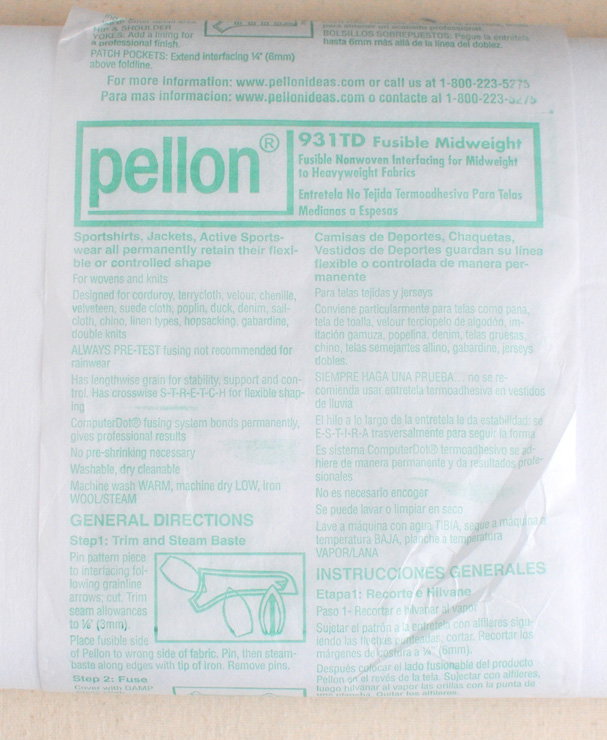 When making a bag, one of the most important elements is the interfacing. With a wide range of interfacing, it can be difficult to choose which one will be best for your project. Since our bags are quilted, we generally use Pellon 931TD Fusible Midweight. This interfacing provides stability with a little bit of give, but does not leave your bag stiff, so it still allows for pleats and curves.
When making a bag, one of the most important elements is the interfacing. With a wide range of interfacing, it can be difficult to choose which one will be best for your project. Since our bags are quilted, we generally use Pellon 931TD Fusible Midweight. This interfacing provides stability with a little bit of give, but does not leave your bag stiff, so it still allows for pleats and curves.
If you’re not in the US, the equivalent to this interfacing is:
- Legacy 931TD Fusbile Midweight {Australia}
- Vilene G405 Softline Iron-on Interfacing {Europe}
And, if you’re just looking at interfacing in a shop, and none of these are available, you’ll want to find something that’s made for cuffs, collars, and lapels. This interfacing will be one of the stiffer garment interfacing options.
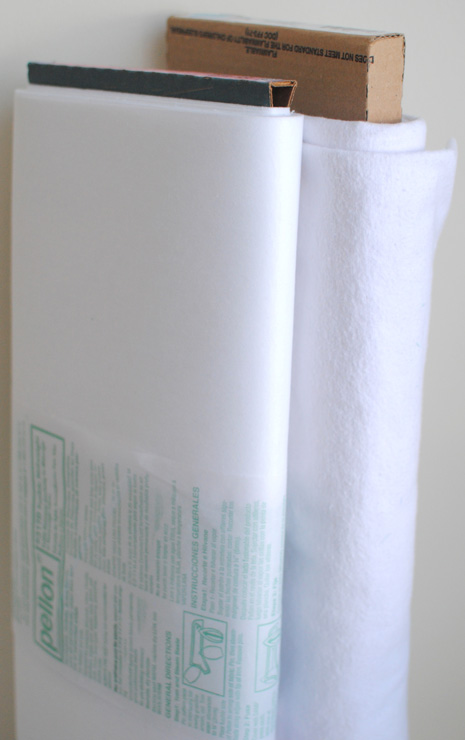 After fusing the interfacing to the pieces, we add a layer of flannel to the wrong side of all body pieces and then quilt. This provides a nice medium for the quilting, but does not create a puffiness like batting would. It also gives an added layer of sturdiness to the bags. Occasionally people have asked me what flannel is, and it is simply a woven fabric that is a little bit brushed to make it soft. It’s the same fabric you’d use for pajama pants or even sheets. We just buy it in solid white and prewash {personally, I think flannel shrinks a little different than regular quilting cotton}.
After fusing the interfacing to the pieces, we add a layer of flannel to the wrong side of all body pieces and then quilt. This provides a nice medium for the quilting, but does not create a puffiness like batting would. It also gives an added layer of sturdiness to the bags. Occasionally people have asked me what flannel is, and it is simply a woven fabric that is a little bit brushed to make it soft. It’s the same fabric you’d use for pajama pants or even sheets. We just buy it in solid white and prewash {personally, I think flannel shrinks a little different than regular quilting cotton}.
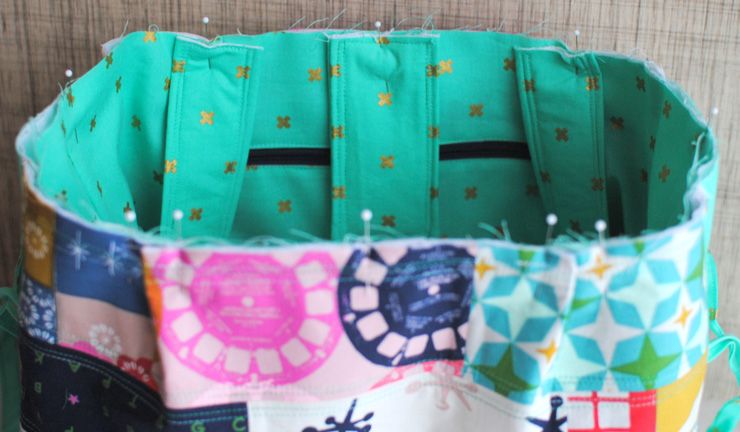 I was going to take a picture of the inside of my bag without the lining, but in my excitement, I forgot. However, here’s a photo showing an interfaced bag with flannel and quilting, you can hardly see the flannel or interfacing peeking out between the layers because it is so thin. This is great because the bag has no extra bulk, just extra sturdiness.
I was going to take a picture of the inside of my bag without the lining, but in my excitement, I forgot. However, here’s a photo showing an interfaced bag with flannel and quilting, you can hardly see the flannel or interfacing peeking out between the layers because it is so thin. This is great because the bag has no extra bulk, just extra sturdiness.
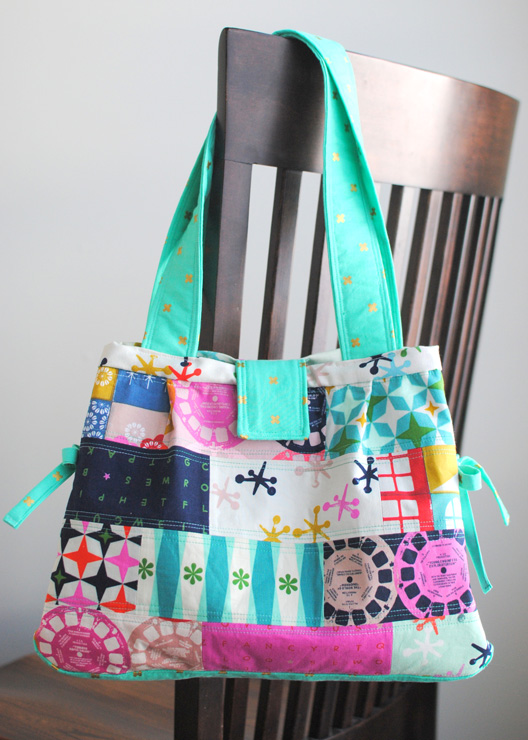 And, here’s a photo of my finished Louisa bag {which is on sale for $5 through tomorrow!}. This bag is not staged at all, it doesn’t have anything inside it, it just retains this shape with the interfacing and flannel. Even with this combination, a larger bag, or one with hardware, would be softer and more flexible.
And, here’s a photo of my finished Louisa bag {which is on sale for $5 through tomorrow!}. This bag is not staged at all, it doesn’t have anything inside it, it just retains this shape with the interfacing and flannel. Even with this combination, a larger bag, or one with hardware, would be softer and more flexible.
This is our standby interfacing, but we also occasionally use Fusible Fleece or Thermolam, there will be more about that and how we decide when to use it next week. Additionally, for the Felicity bag, which has a purse frame inside it, we used ByAnnie’s Soft and Stable, you can read more about that here.
Do you have any more questions about interfacing? Or if you have any other specific questions about quilted bags you’d like us to address, we’d love to hear them!
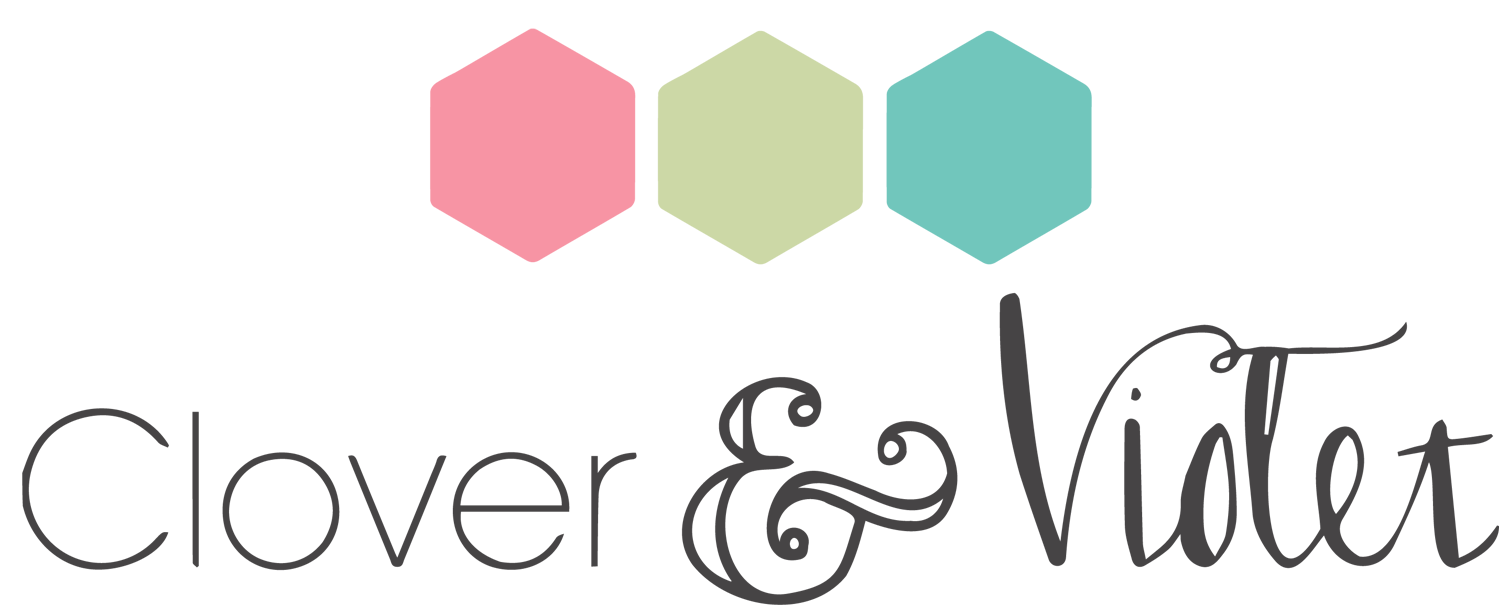
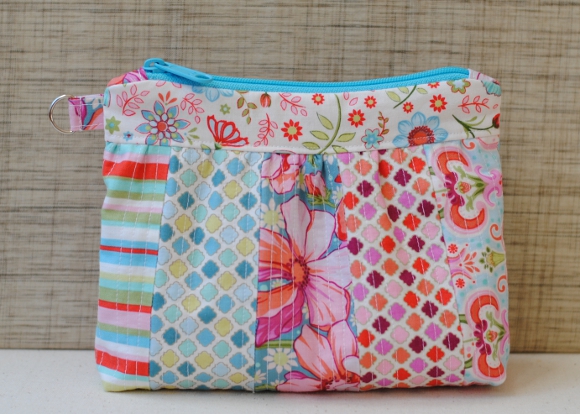
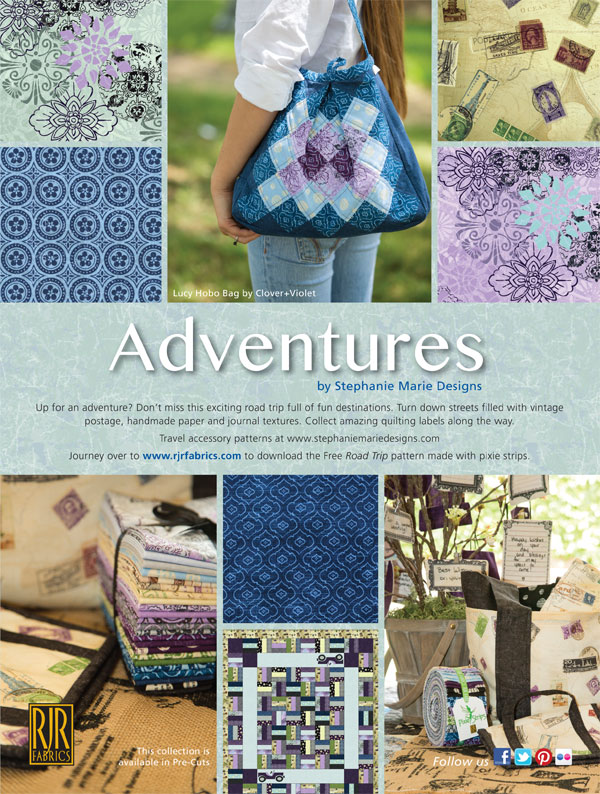
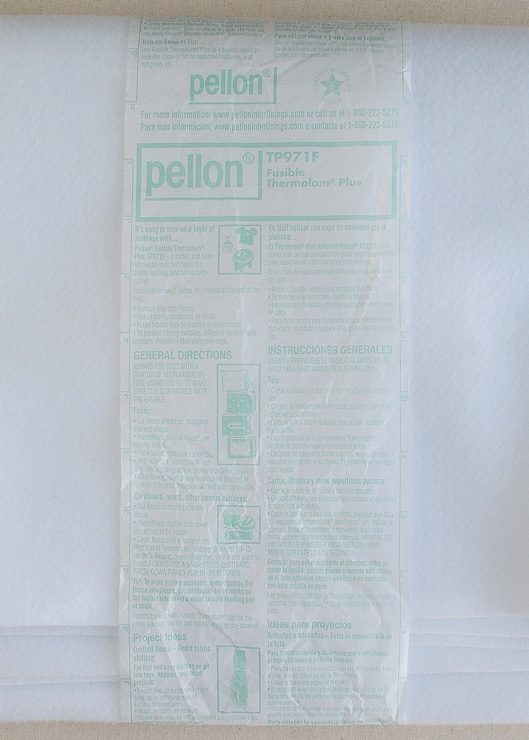
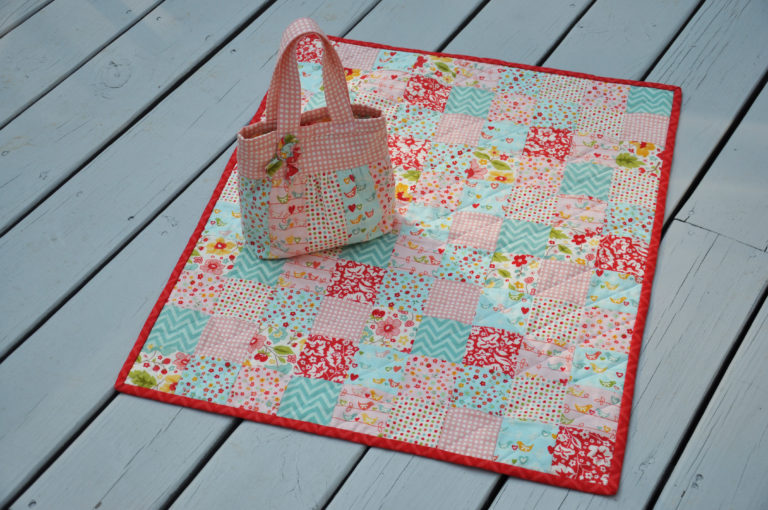
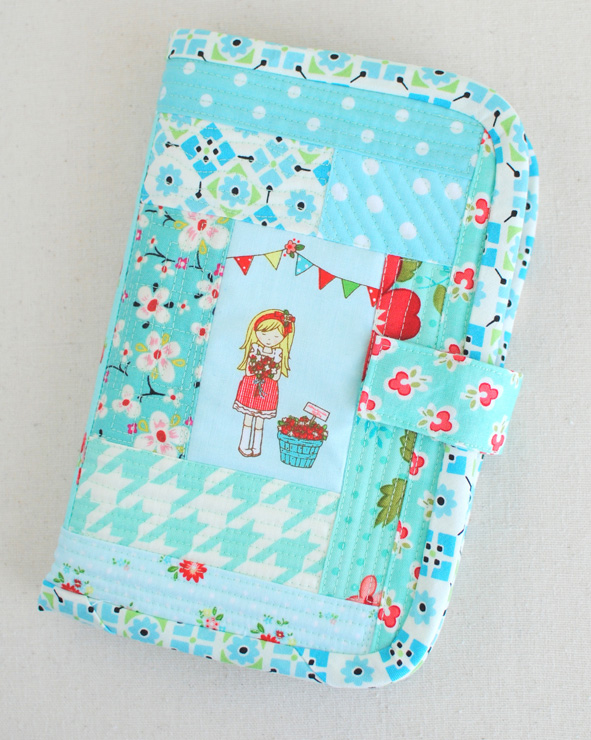
I have made many handbags and always used fusible fleece to give them body, but I find that the fleece loses its body after time. I think you have a much better system and I will try it with my next bag.
I’ve made two handbags so far, and though my two daughters love them and beg me to make another, I found it a struggle. The pattern was easy – so no excuse there. I LOVE seeing your handbags and this one looks so cute. I just might try again :)!
I’ve used the fusible fleece before, how does the fusible midweight compare to it? How does the combo of the midweight and the fleece compare to the fusible? It sounds like a great combination though and worth a try! Good to know about the shrinkage factor.
Thank you, this was very helpful especially about using flannel!
Thanks for this – interfacing is my nemesis! We just got the Legacy brand in Australia (which I think is Pellon under a different name?) but before that I was the confused looking girl by the interfacing with phone in hand trying to find the right equivalent. Your tip about equivalent usage besides the brand is especially helpful.
I just used Soft and Stable for my Louisa Bag. I was going for more of a Faux Vera Bradley look and it worked well. I have used your interfacing/flannel method on a few totes and love how sturdy but not poufy or heavy they look!
Thanks for sharing this. I have sometimes wondered how to make a bag a little stiff without being bulky. Now I’ll know! Thank you!